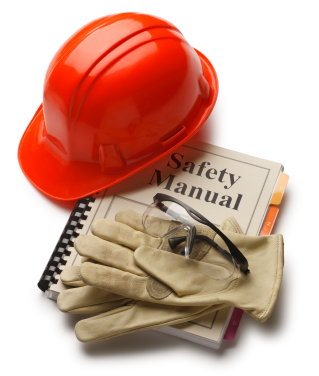 I was fortunate enough to watch a current affairs show on television recently which focussed on LinFox’s approach to safety. The most inspiring part of the program was seeing Lindsay Fox interviewed. Those that watched the program were left in no doubt as to how passionate Lindsay is about safety. The main initiative that he spoke about was his decision to put a “black box” safety system (similar to what is used in motor vehicles) into every truck in his fleet. He was using the coverage on television not to get good publicity for his company (although I imagine this was the case) but to inspire others to put black boxes into their vehicles. Lindsay spoke of his hope that the transport industry would one day be a much safer place to work and that he wanted this to be part of his legacy.
I was fortunate enough to watch a current affairs show on television recently which focussed on LinFox’s approach to safety. The most inspiring part of the program was seeing Lindsay Fox interviewed. Those that watched the program were left in no doubt as to how passionate Lindsay is about safety. The main initiative that he spoke about was his decision to put a “black box” safety system (similar to what is used in motor vehicles) into every truck in his fleet. He was using the coverage on television not to get good publicity for his company (although I imagine this was the case) but to inspire others to put black boxes into their vehicles. Lindsay spoke of his hope that the transport industry would one day be a much safer place to work and that he wanted this to be part of his legacy.
One of my long-term friends and colleagues happens to run the Safety function for LinFox and I recently took the opportunity to tour their head office when I was last in Melbourne. The facility is truly state of the art and, as Lindsay said on the television, at any given time you can tell exactly where every vehicle is around the country, how fast it is going and when each driver’s last break was. The technology is truly amazing but the thing that really moved me was the fact that apparently Lindsay personally visits the control room regularly to check how things are going.
I have not reviewed LinFox’s financial position. However, I hear that their drivers feel a strong sense of pride in their organisation and it’s owner. They are all very aware of the passion that Lindsay has for their safety and their pride in him has definitely impacted on their level of engagement in their work. Truck drivers are the back-bone of the LinFox business and increased engagement within this group has a direct impact on the organisation’s bottom line.
Safety is one of those human resources systems that doesn’t often get much publicity unless something goes wrong. However, I would argue that safety is not only a necessary precursor to genuine employee engagement it’s central to effective leadership. If an organisation’s leaders do not act in their employees’ best interests from a safety perspective it is only natural that they will seek their leadership from elsewhere (often unions or other third parties). In contrast, when leaders unequivocally act in the best interests of their employees from a safety perspective, employees are more open to accepting leadership from that organisation’s managers.
The next time you commence an “employee engagement” or “leadership” intiative I would encourage all organisational leaders and human resources professionals to consider the role of safety systems. You might find that it is a cost effective way to transform employee engagement. Even if it doesn’t work, the upside is that you might also save an employee’s life or help prevent an injury in the process.

